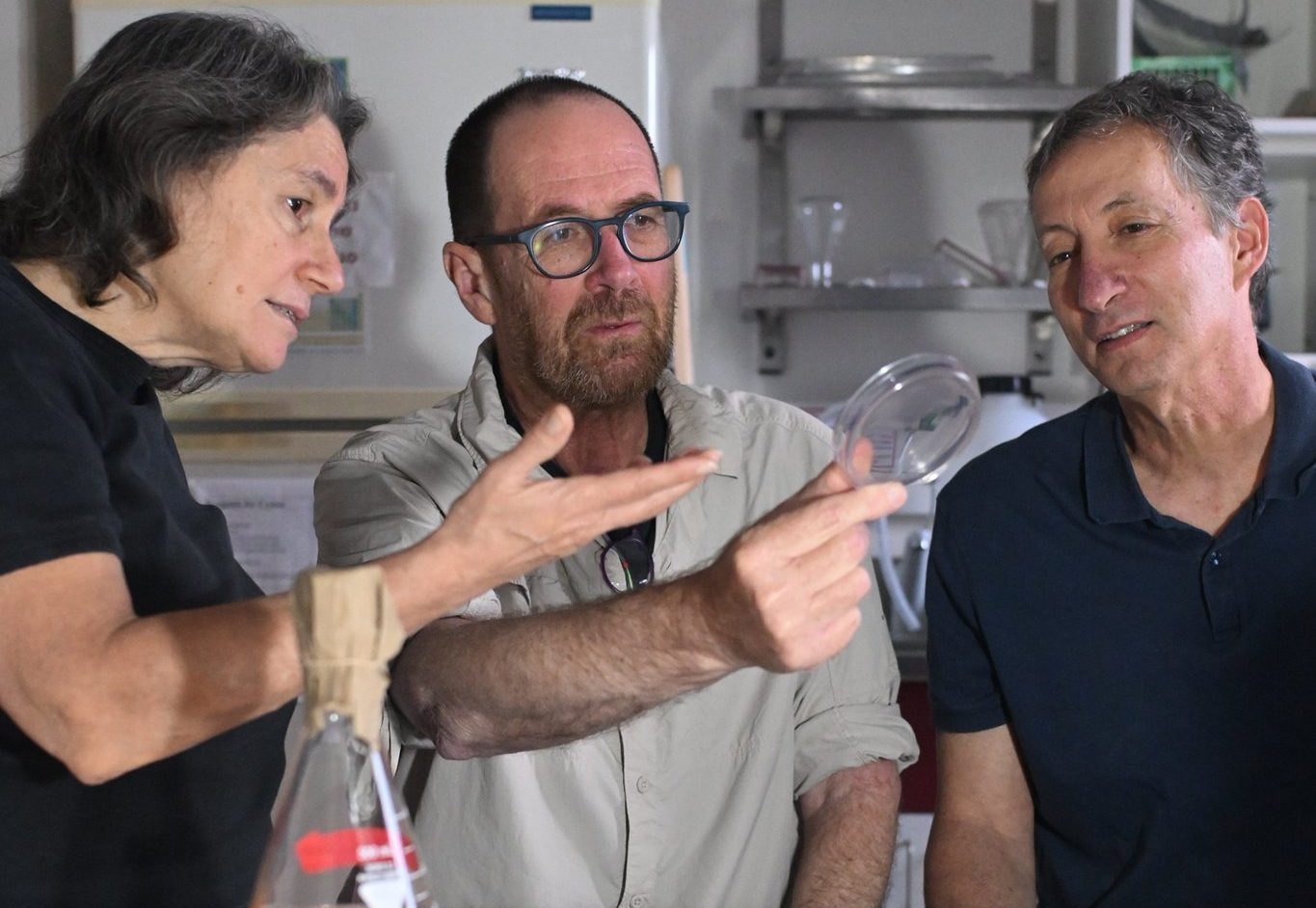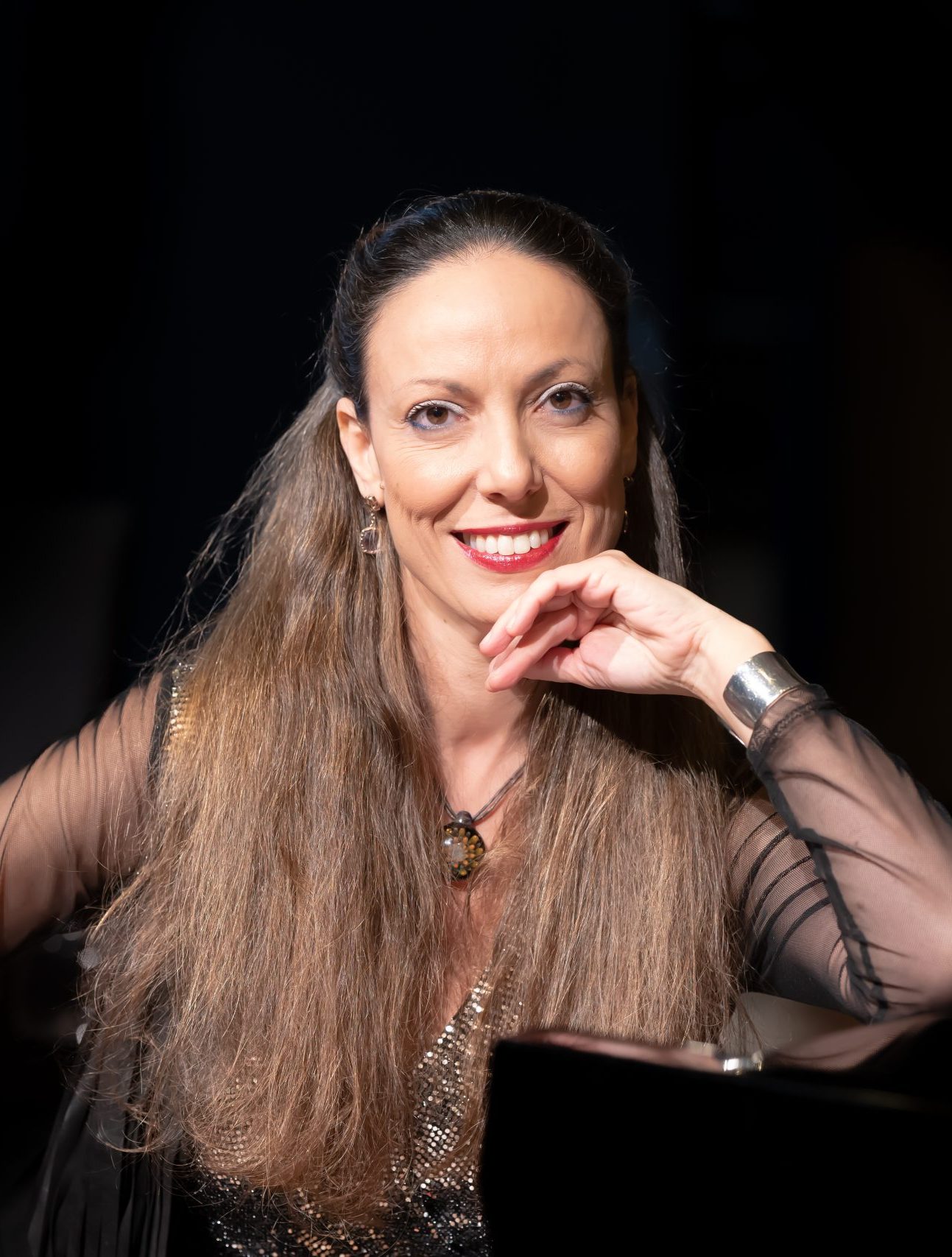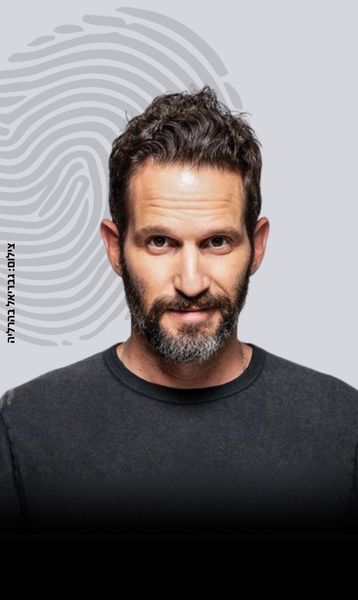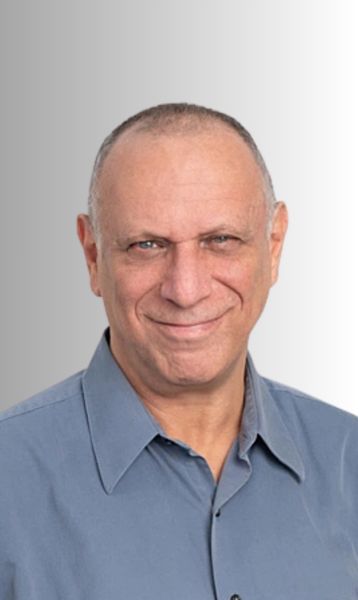The Trojan Horse Gene of the Marine Virus
Technion Faculty of Biology researchers: Marine viruses use “hijacked” genes to take over bacteria and exploit their energy systems

Technion Faculty of Biology researchers: Marine viruses use “hijacked” genes to take over bacteria and exploit their energy systems

The Technion’s student team presented an original technology for producing an enzyme essential in medicine, agriculture, and industry at the international iGEM competition

Based on research by Technion scientists, TherMagiX is set to revolutionize the world of green energy through the use of waste heat

In 2021, Dr. Merkel received an honorary doctorate from the Technion

Music, Science, and Inspiration | Season 4 – The Power of Rhythms
23.11.2025 Sunday, at 09:30
Add to calendar

Technion on the Bar – A Revolution on the Plate
25.11.2025 Tuesday, at 20:00
Add to calendar

Panel: “Heroes 2 – Moving Forward” with Guri Alfi
26.11.2025 Wednesday, at 12:30
Add to calendar

From Seed to Impact
26.11.2025 Wednesday, at 08:30
Add to calendar

25 Years Since the Invention of the USB Flash Drive – The Innovation that Changed the World of Data Storage
26.11.2025 Wednesday, at 12:30
Add to calendar

Nature on Campus Photography Exhibition
16.07.2025 Wednesday, at 09:00
Add to calendar

Landmarks Exhibition
01.06.2025 Sunday, at 09:00
Add to calendar
15000
Students
in a variety of degrees
60
Research Centers
across campus
18
Faculties
100000
Graduates